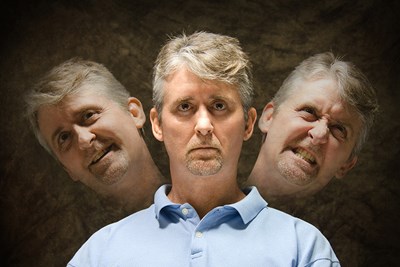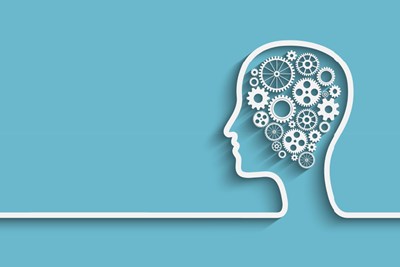Schizoaffective disorder is a chronic psychological disorder characterized by its combination of both schizophrenic and mood disorder symptoms. Less than half a percent of the population is affected, and this condition is often misunderstood—and misdiagnosed. Here is a look at what psychotic and mood disorders are, as well as the symptoms, diagnosis, cause, and treatment of schizoaffective disorder.
Psychotic Disorders vs Mood Disorders
In order to comprehend schizoaffective disorder, it is necessary to understand what exactly psychotic disorders and mood disorders are.
Psychotic disorders, such as schizophrenia, are characterized by a disruption in how a person perceives their reality, their environment and even themselves. Someone with a psychotic disorder may experience serious difficulties in communicating normally; may suffer from disorganized thinking, extreme delusions, or hallucinations; and may experience isolation, distraction, or rejection.
A mood disorder revolves around exactly that: a person’s mood or emotions. Although everyone experiences periods of ups and downs, for someone suffering from a mood disorder, these periods are extreme. This may result in severe depression, mania , or episodes of both.
Symptoms and Diagnostic Criteria of Schizoaffective Disorder
Schizoaffective disorder displays characteristic behaviors of schizophrenia combined with severe mood disturbance.
There are several types of schizophrenia, but in general they revolve around disturbances in thought and behavior, the way a person sees reality and themselves. Schizophrenia may be evident through positive symptoms (such as hallucinations) and negative symptoms (such as a lack of body language or facial response).
According to Abnormal Psychology: Clinical Perspectives on Psychological Disorders diagnostic features include:
- “A disturbance that lasts at least 6 months and includes at least 1 month of active symptoms, including at least 2 of the following: delusions, hallucinations, disorganized speech, disturbed or catatonic behavior, negative symptoms.
- “For a significant portion of the time since symptom onset, [the individual has] experienced dysfunction in work, relationships, or self-care,
- “Symptoms are not due to another disorder.”
Causes of Schizoaffective Disorder
Schizoaffective disorder tends to be a source of controversy in the psychological world, as some professionals tend to lean towards the view that the psychotic disorder should take precedence. This can be a particularly confusing point, given that the presence and particular symptoms of psychosis may contribute to mood disturbance.
However, the contributing causes of mood disorders—genetics, imbalanced neurotransmitters, brain structure, and other biological differences—suggest that there is more at work than “simple mood swings.” What’s more, these factors are also suspected to be among the causes of schizophrenia, and thus schizoaffective disorder itself, although exactly what causes it has yet to be determined.
Treatment of Schizoaffective Disorder
Unfortunately, this makes treatment very difficult. Medications, such as lithium, antidepressants, and antipsychotics, can be effective for some people, but it can take some time to discover which work best and in what combination.
Although counseling and psychotherapy can also be quite effective for learning new ways of functioning or motivation and unlearning destructive behaviors, each client must be dealt with on an individual basis.



